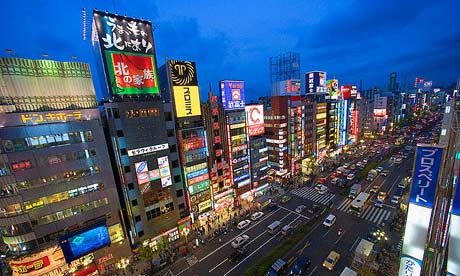
Its origins are murky at best with various countries claiming to be it's originator. Some argue that Shochu reached Japan's shores via Thailand, who were making much cruder forms of spirit, or from China via Korea, who still make a version of Shochu called Soju which is generally a higher abv and pocesses a much stronger flavour. The exact and definitive origin remains a mystery and in all likelihood is probably a mixture of both.

Shochu itself is a distilled spirit, not unlike vodka in that it utulises starch present in base ingredient to begin the fermentation process. Unlike vodka Shochu retains much more of the base ingredients flavour and lends itself too a much more complex flavour. The abv is often much lower than the average spirit but can potentially reach 40% and still be classed as shochu.
The base ingredient can literally be anything that has starch in. Products range from potato, buckwheat, sweet potato, rice, ,brown sugar to kumquats, carrots and green tea. Each shochu holding it's own distinct and personalised characteristics.
Traditionally Shochu can be drunk either neat, on ice, with hot or cold water, or with a mixer such as green tea or more recently a juice such as grapefruit or strawberry flavour.
Over the coming weeks we will delve deeper into the production techniques and areas of Japan famous for their rich history and generations old shochu distilleries. Stay tuned.
.png)